- Home
- Weight Loss Kits
- Categories
- Weight Loss Kits
- Weight Loss Peptides
- Anti-Aging & Skin Care Peptides
- Muscle Growth & Performance Enhancement Peptides
- Tissue Repair & Recovery Peptides
- Cognitive Function Peptides
- Sexual Health & Libido Enhancement Peptides
- Immune System Modulation Peptides
- Reconstitution Supplies
- Anti-Aging Micro Infusion System
- Red Light Therapy
- Skin Care Masks
- About Us
- Contact us
- Affiliate Program
Shopping cart (0)
Subtotal: $0.00
Spend $175.00 to get free shipping
Congratulations! You've got free shipping.
- Home
- Weight Loss Kits
- Categories
- Weight Loss Kits
- Weight Loss Peptides
- Anti-Aging & Skin Care Peptides
- Muscle Growth & Performance Enhancement Peptides
- Tissue Repair & Recovery Peptides
- Cognitive Function Peptides
- Sexual Health & Libido Enhancement Peptides
- Immune System Modulation Peptides
- Reconstitution Supplies
- Anti-Aging Micro Infusion System
- Red Light Therapy
- Skin Care Masks
- About Us
- Contact us
- Affiliate Program
No products in the cart.
Shopping cart (0)
Subtotal: $0.00
Spend $175.00 to get free shipping
Congratulations! You've got free shipping.

BPC-157 10mg
$28.00
KPV 5mg
$28.00
KPV 5mg | KPV 5mg is a powerful anti-inflammatory peptide studied for immune modulation, wound healing, and inflammatory bowel disease research.
KPV
What is KPV?
KPV is a naturally occurring tripeptide fragment derived from the alpha-melanocyte-stimulating hormone (α-MSH). It is known for its anti-inflammatory and immunomodulatory properties, making it a promising therapeutic agent for various inflammatory and autoimmune conditions. Unlike full-length α-MSH, KPV retains potent activity while avoiding pigment-related effects, making it safer and more targeted.
How It Works (Mechanism of Action)
KPV works primarily by interacting with inflammatory pathways to reduce cytokine production and oxidative stress. Key mechanisms include:
Inhibits NF-κB Activation
Suppresses the nuclear factor kappa-light-chain-enhancer of activated B cells (NF-κB) pathway, which is central to inflammatory responses.
Reduces Pro-Inflammatory Cytokines
Decreases levels of TNF-α, IL-1β, and IL-6, helping reduce systemic inflammation.
Improves Epithelial Barrier Function
Strengthens intestinal epithelial integrity, making it beneficial for gut-related inflammation like IBD and colitis.
Antioxidant Effects
Protects cells from oxidative stress and free radical damage.
Potential Benefits & Use Cases
-
Anti-Inflammatory Effects: Effective in managing systemic and localized inflammation.
-
Gut Health & IBD Relief: Used in the treatment of ulcerative colitis, Crohn’s disease, and leaky gut syndrome.
-
Skin Conditions: May reduce inflammation in conditions such as psoriasis, eczema, and dermatitis.
-
Wound Healing: Supports tissue repair and recovery.
-
Autoimmune Conditions: Potential supportive therapy for conditions involving immune dysregulation.
Typical Dosage & Administration
-
Administration: Subcutaneous injection (most common), topical application (for skin conditions), or oral/suppository formulations (for gut-related use).
-
Dosage:
-
1 mg to 5 mg daily, depending on the indication and route of administration.
-
Often used in cycles of 4–8 weeks.
-
Possible Side Effects
KPV is generally well-tolerated, with minimal side effects reported:
-
Mild irritation at the injection or application site.
-
Rare cases of nausea or light-headedness.
-
No known pigmentary changes (unlike some full-length melanocortins).
Other Relevant Details
-
Does not activate melanocortin receptors associated with pigmentation, making it ideal for users avoiding skin darkening.
-
Often stacked with BPC-157 or TB-500 for synergistic healing and anti-inflammatory effects.
-
Currently being studied for its therapeutic potential in inflammatory bowel disease, neuroinflammation, and systemic inflammatory disorders.
| Weight | 0.05 lbs |
|---|---|
| Dimensions | 1.5 × 1.5 × 1 in |
Only logged in customers who have purchased this product may leave a review.
Related products
More
- Home
- Weight Loss Kits
- Categories
- Weight Loss Kits
- Weight Loss Peptides
- Anti-Aging & Skin Care Peptides
- Muscle Growth & Performance Enhancement Peptides
- Tissue Repair & Recovery Peptides
- Cognitive Function Peptides
- Sexual Health & Libido Enhancement Peptides
- Immune System Modulation Peptides
- Reconstitution Supplies
- Anti-Aging Micro Infusion System
- Red Light Therapy
- Skin Care Masks
- About Us
- Contact us
- Affiliate Program


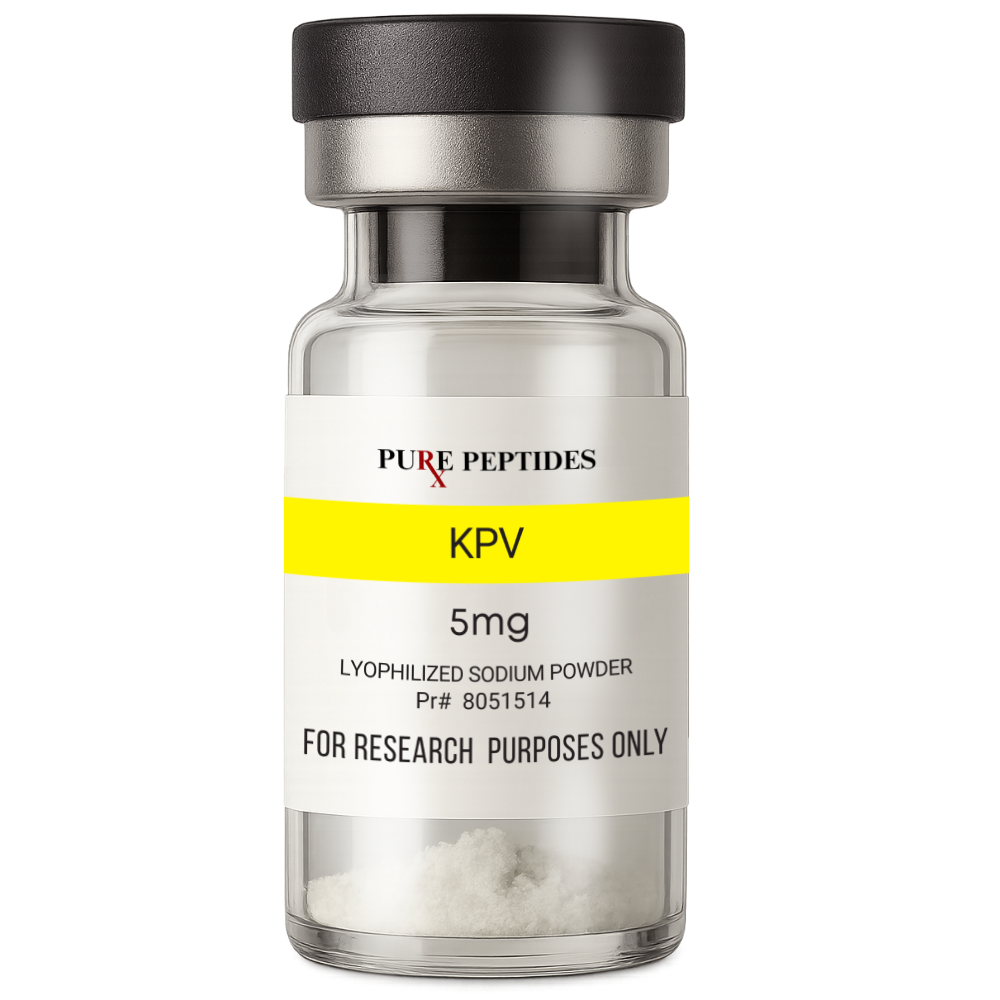
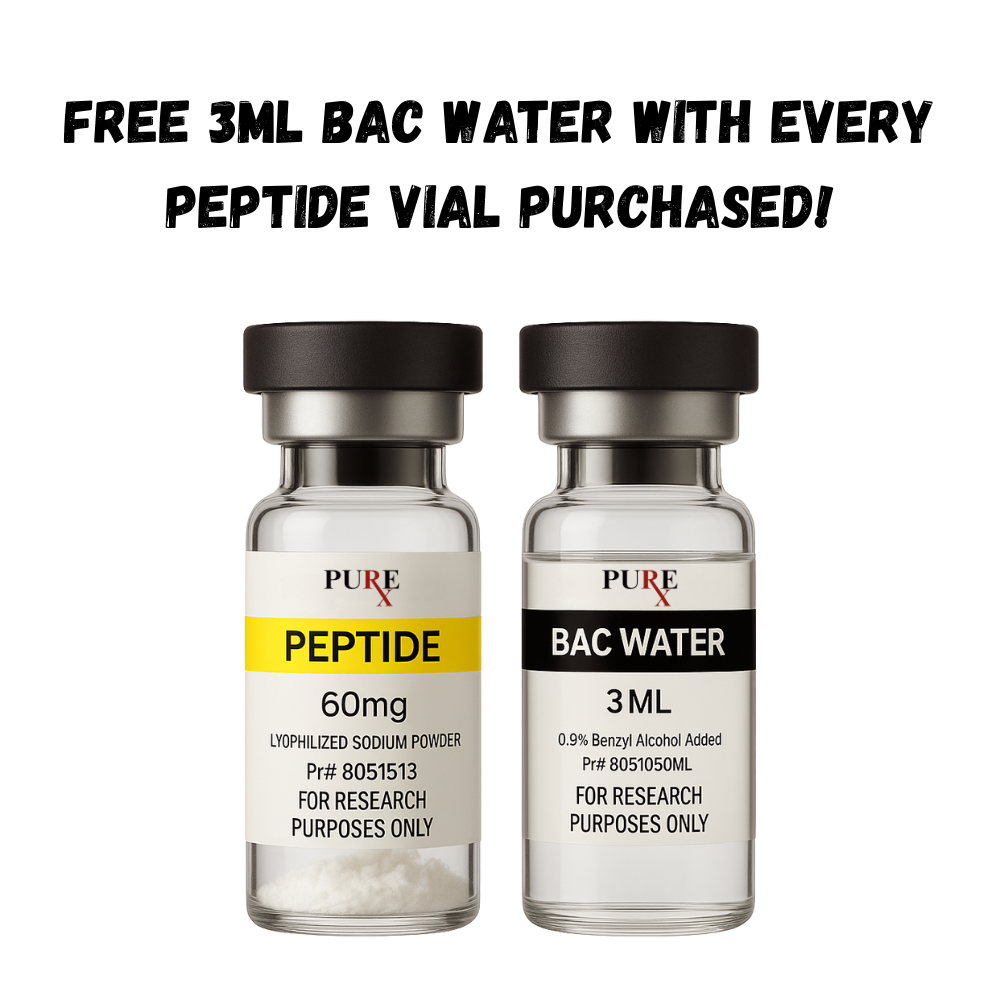
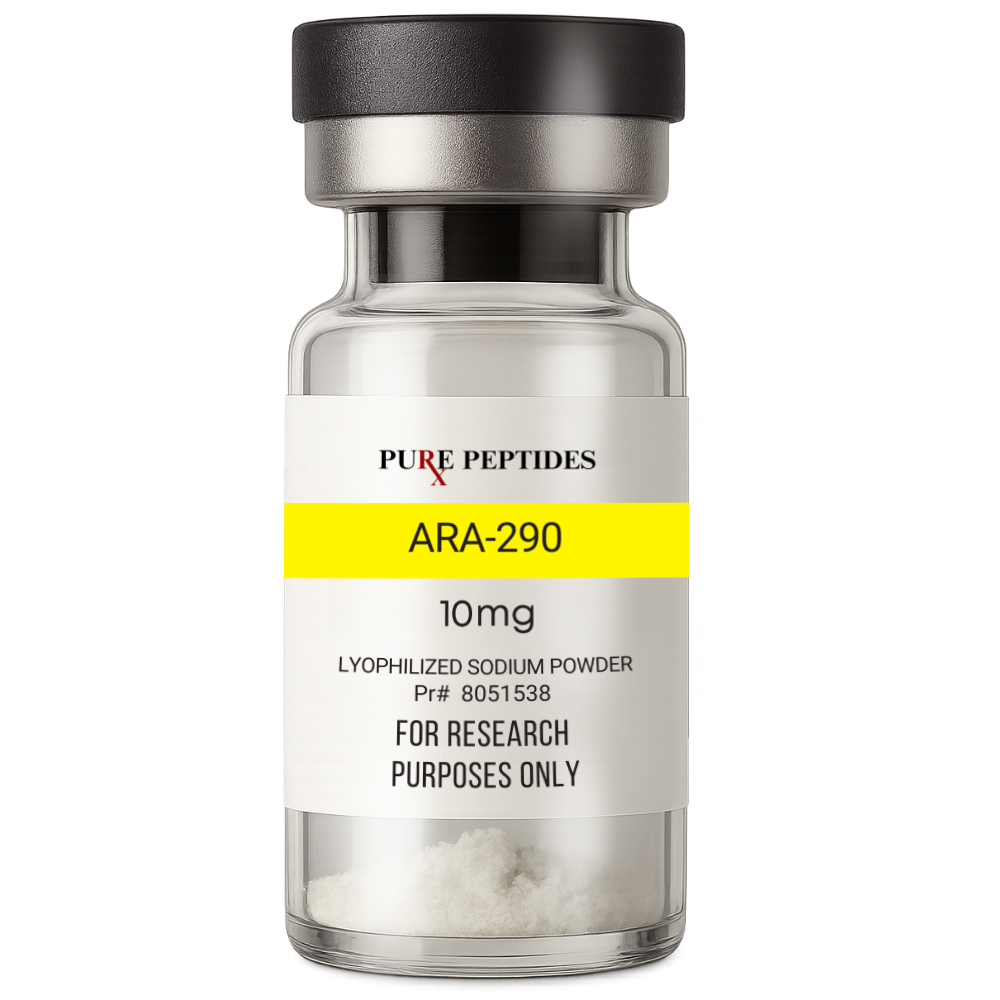

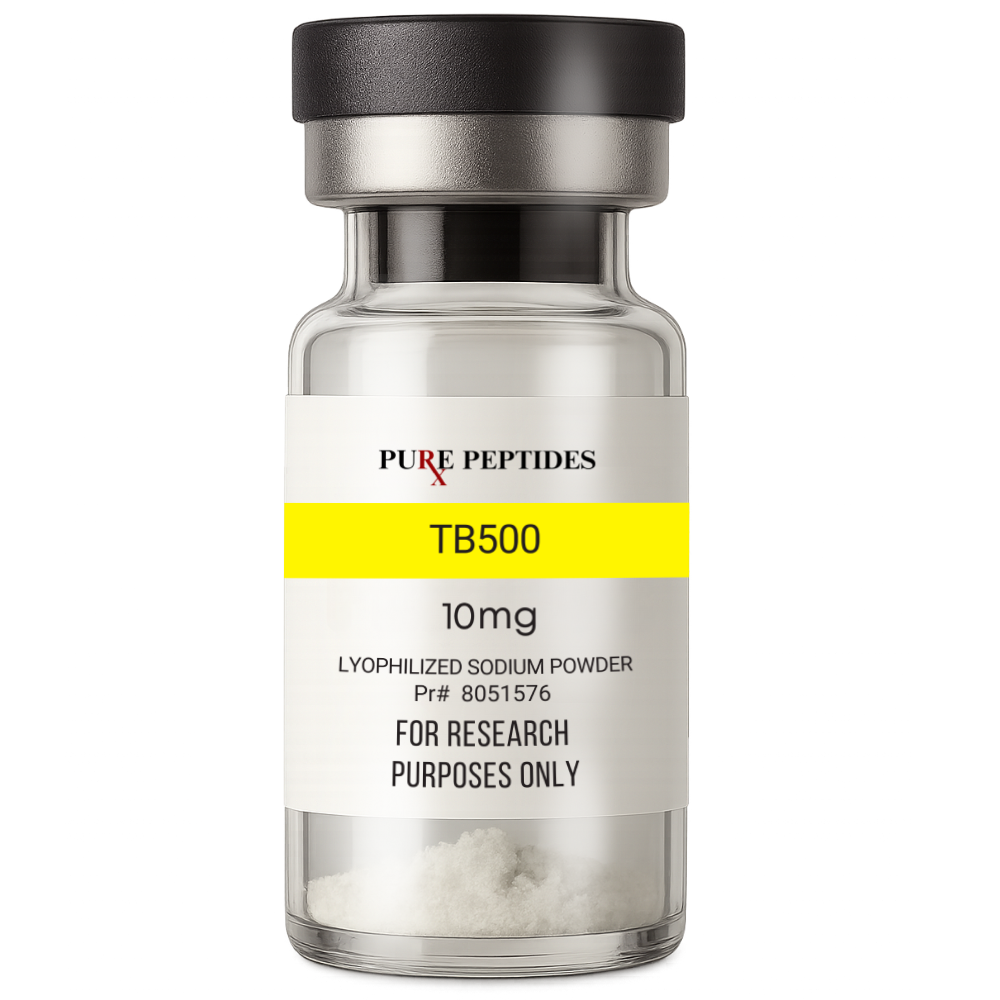
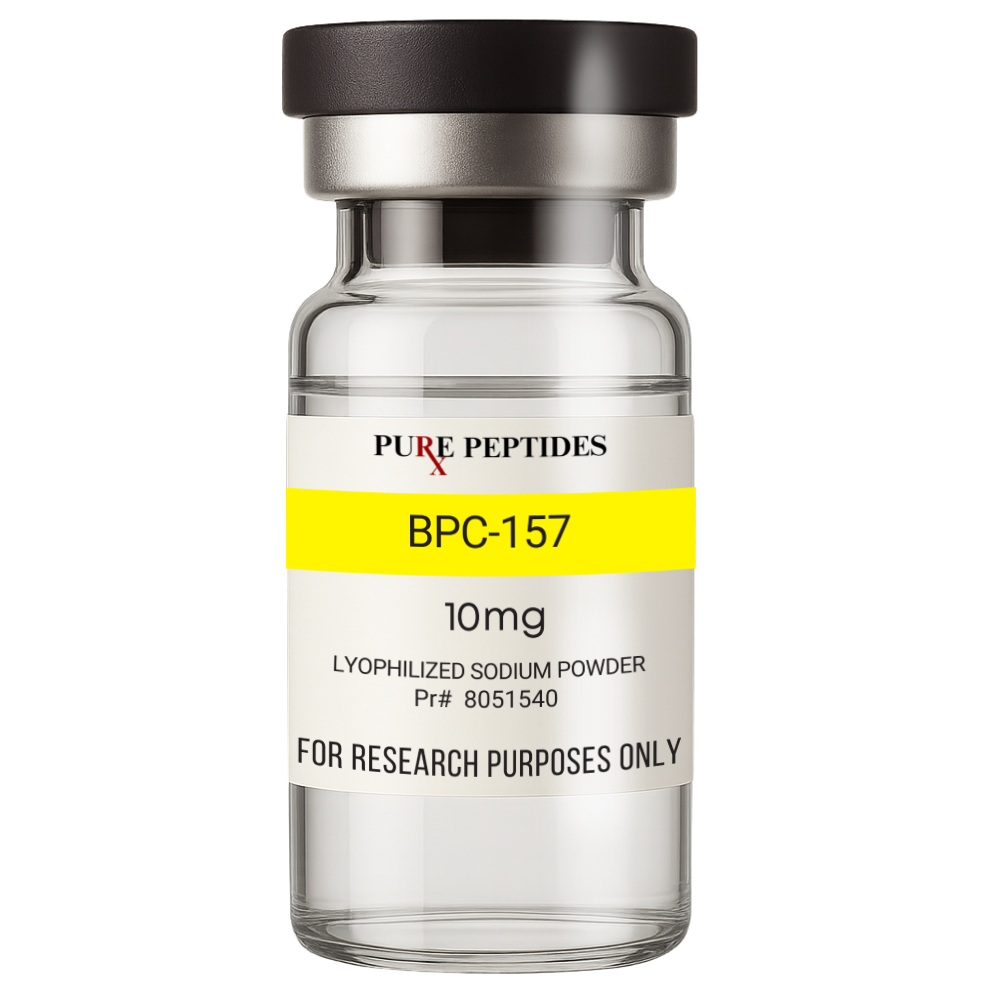
Reviews
There are no reviews yet.